Apple has been testing vapor chamber cooling technology to keep iPhone models cool since 2021. According to analyst Ming-Chi Kuo, the feature was considered for the iPhone 13, but Apple did not immediately adopt it. In August last year, Kuo said vapor chamber technology was being considered for the iPhone 17 Pro and 17 Pro Max.

The iPhone 17 Pro series will adopt the first vapor chamber cooling technology on the iPhone
PHOTO: PHONEARENA
Now, another famous leaker Majin Bu has come up with new information about the vapor chamber technology that Apple will apply to the iPhone 17 series to prevent overheating of the A19 and A19 Pro chips.
This is a small metal plate or sealed chamber that holds a quantity of liquid. As the device heats up, the liquid evaporates, creating steam that moves through the device and returns to a liquid state when the internal temperature drops. This process allows the device to cool quickly without throttling the performance of the processor chip, Bu said.
Why Apple Only Uses Vapor Chamber Cooling on the iPhone 17 Pro
Currently, Apple is using graphene sheets to conduct heat away from the A18 and A18 Pro chips on the iPhone 16 series. In addition, the aluminum foil layer covering the battery on the iPhone 15 has also been replaced with a metal coating for the battery cells on the iPhone 16 to improve heat dissipation.
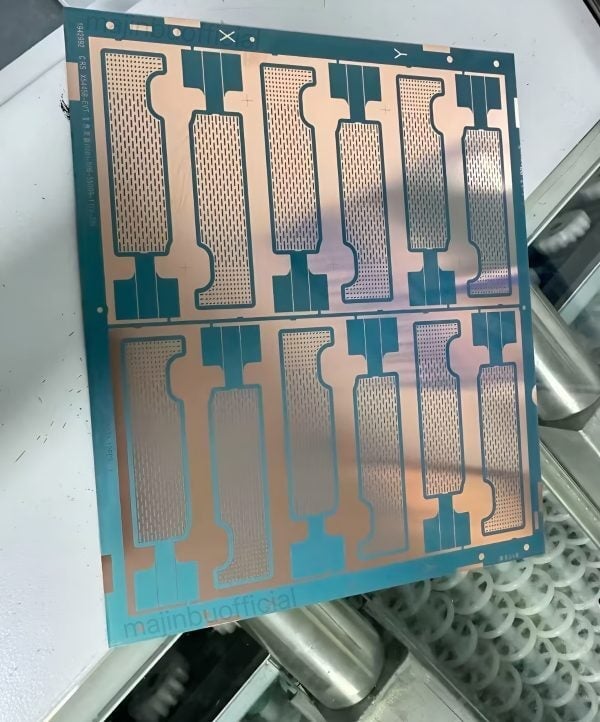
A heatsink that uses a copper surface could be used to distribute heat inside the iPhone 17 series.
PHOTO: MAJIN BU
Majin Bu also said that the iPhone 17 Pro and 17 Pro Max may have higher temperature issues due to their more powerful chips and display features. Meanwhile, non-Pro models like the iPhone 17 and iPhone 17 Air will continue to use traditional heat dissipation methods.
If the vapor chamber cooling system works effectively, users will feel that the iPhone 17 Pro and 17 Pro Max remain cool to the touch even when the device is used for long periods of time such as playing games.
Source: https://thanhnien.vn/iphone-17-pro-se-lam-nuc-long-game-thu-185250623150906109.htm










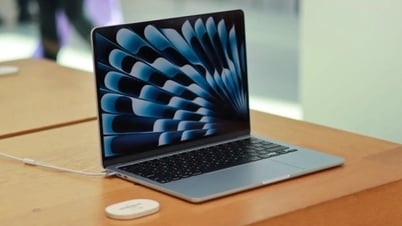

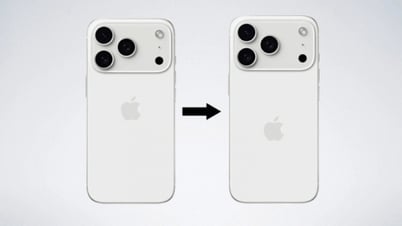
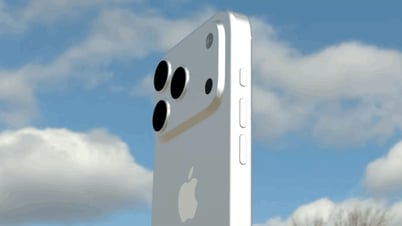





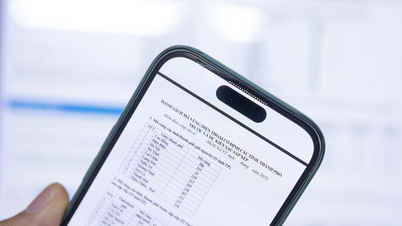

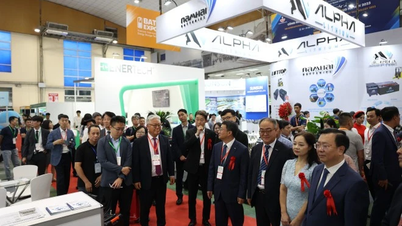









































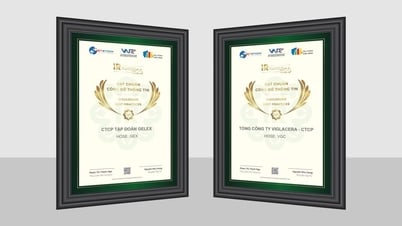




























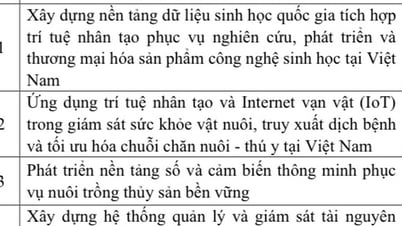







Comment (0)